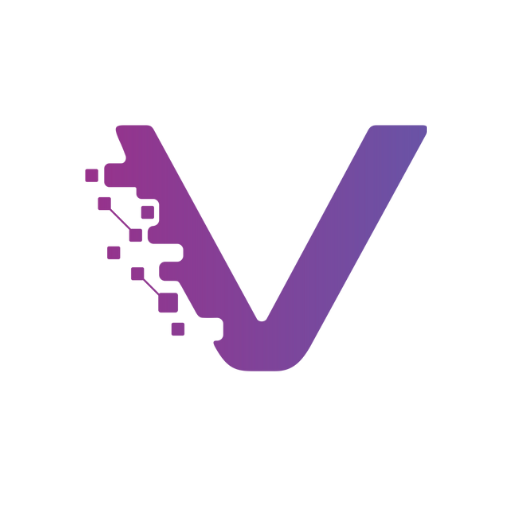In today’s fast-moving tech world, AI is reshaping software development—from automating code to predicting bugs and even suggesting architecture. But here’s the truth: AI isn’t replacing developers—it’s reshaping their role.
While artificial intelligence offers speed and scale, human developers still hold the creative and strategic edge. In this blog, we’ll take a real-world look at how AI helps, where it falls short, and why experienced minds still matter more than ever.
🤖 How AI is Transforming Software Development
AI has become more than a trend. From GitHub Copilot to no-code platforms and automated testing, AI tools are becoming part of everyday workflows.
Practical Ways AI is Used in Development:
- Code completion & generation – Speeds up writing repetitive or boilerplate code
- Automated bug fixing – Suggests potential fixes in real-time
- Smart test creation – Generates unit test cases to save QA time
- Code reviews – Highlights potential issues before merge
- NLP to Code – Turns text instructions into executable code (to an extent)
These tools are great for productivity. But here’s the catch – they don’t think, adapt, or understand like humans.
🚫 Limitations of AI in Software Development
Despite the hype, AI has clear boundaries. Here are the critical limitations businesses must understand:
1. Lacks Business Context
AI doesn’t understand:
- Your market
- Your users
- Your business goals
It can’t tailor software to real-world use cases like an experienced developer.
2. Security Risks
AI-generated code may:
- Miss essential validations
- Leave loopholes in authentication
- Ignore GDPR, HIPAA, or other compliance needs
3. Not Built for Architectural Thinking
AI cannot:
- Plan long-term scalability
- Make tradeoffs between performance vs. cost
- Align backend decisions with user experience
4. Fails in Edge Cases
AI breaks down when:
- Requirements are vague
- Real-time decisions are needed
- There’s a deviation from training data
5. Quality and Maintainability Are Hit or Miss
Even if the code runs:
- It might not follow best practices
- It could be hard to read, scale, or refactor
- It usually needs manual clean-up
👨💻 Why Human Developers Still Have the Edge
Here’s what truly separates skilled professionals from automated tools:
1. Creative Problem Solving
From debugging a critical API issue to designing a flawless user experience, creative thinking is irreplaceable.
2. Understanding People, Not Just Code
Human developers:
- Consider business logic
- Adapt to user behavior
- Build with empathy and ethics
3. Ownership & Collaboration
AI can suggest code, but:
- It doesn’t take responsibility
- It can’t collaborate in meetings, sprints, or retros
- It can’t pivot when the roadmap changes
4. Strategic Decision Making
Great developers:
- Choose the right tech stack
- Avoid overengineering
- Balance cost, time, and future scalability
5. Security, Compliance & Legal Awareness
Skilled teams think about:
- How personal data is stored
- Where legal risks lie
- How to design for trust
🔄 Where AI and Humans Work Best—Together
The future isn’t about replacing developers—it’s about helping them work smarter. At Vedx Solution, we embrace the best of both:
How We Use AI (Responsibly):
- Speed up internal coding for repetitive tasks
- Generate test cases and documentation
- Support faster code reviews and QA checks
- Optimize legacy systems for better performance
But every project is reviewed, tested, and guided by real humans—who understand your vision, your users, and your business.
🏆 Real Innovation Comes from Human Intelligence
AI is a tool, not a solution. Real value is built when:
- Code reflects real business needs
- Products are built with vision, not just speed
- Teams collaborate, adapt, and improve every sprint
At Vedx Solution, our developers combine smart tools with smarter thinking. From planning to post-launch, we bring human strategy to digital innovation.


